Active Living with Osteoarthritis
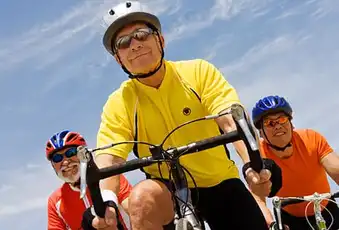
Go for A Spin
Cycling -- in a group or alone, outside or on a stationary bike -- builds stamina and balance with less impact on your knees, hips, and other joints than if you walk or jog. Recumbent models let you sit in a reclining position, and they might give you relief if you're uncomfortable on upright bikes. If you aren’t active now, check with your doctor before you start a new fitness program, so you know what’s OK for you to do.
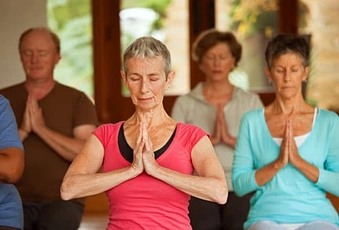
Strike a Pose
Yoga is a gentle way to improve your posture, balance, and coordination. It helps you move better and relax, too. Look for a beginners' class, and tell your teacher about any injuries or other physical limitations you have. Once you're comfortable with the poses and breath exercises, try them at home.

Make a Splash
Swimming, walking through a pool, and other water-based exercises are ideal for relieving the pain and stiffness of osteoarthritis. The water provides resistance that boosts your strength and range of motion. It also supports your body's weight, reducing stress on your joints. Your workout can be as intense as swimming laps or as gentle as stretching in the shallow end.
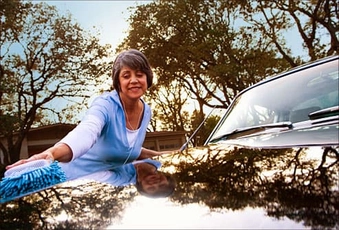
Do Short Bursts of Activity
Physical activity in small amounts really adds up. You might find it easier to add 10 minutes of vacuuming or gardening into a busy day than an hour of exercise. No matter what activity you do, focus on your posture. Stand up straight and let your larger joints (like your knees and hips) handle as much of the work as possible. To track your exercise, wear a pedometer or other fitness device and record how many steps you take each day.
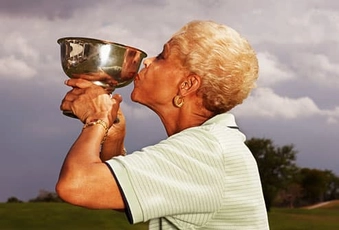
Set a Goal
Sign up for a 5K walk, a bike ride, or another organized event. When you register for one, you'll ramp up your commitment to train. Want extra motivation? Join events that support causes you believe in. Give yourself enough time to prepare, though. Keep the date of the big day in mind so you can set specific, realistic training goals.
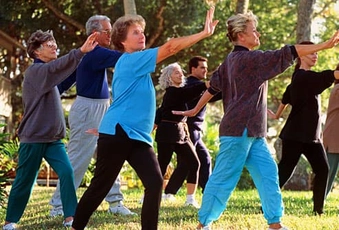
Try Tai Chi
This traditional Chinese martial art might help you move better, with less arthritis pain. It combines slow, gentle movements with mental-focus practice. You can do it in a group or alone. People with arthritis who did tai chi said they had better balance and lower levels of depression, studies show.
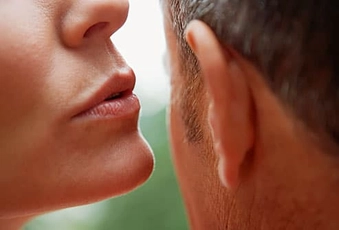
Stay in the Mood
You can still have a satisfying sex life. Plan for intimacy during times when you feel rested, avoid cold temperatures, use pillows to support painful joints, and relax muscles and joints with massage. Be open with your partner and strive for emotional and physical closeness, too.
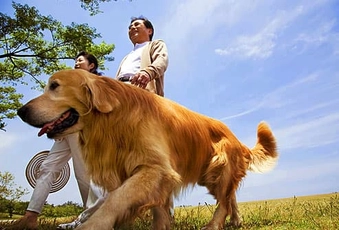
Grab the Leash
Take your four-legged friend when you run errands on foot or head out for a lunchtime stroll. It’s a simple, low-impact, inexpensive workout. Regular walks can ease stiffness, build bone mass, and give you more energy and a better mood. Work your way up to at least 150 minutes a week. This could include 30 minutes of walking or any other moderate-intensity activity, five days a week.

Take a Hike
It's a great way to explore the outdoors, whether you’re at home or on vacation. Vary the trails you use, from short to long and gentle. You’ll have fun while you help the physical symptoms of your arthritis. And you’ll sleep better and feel refreshed after time in the great outdoors.
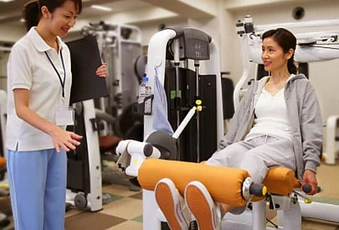
Get Stronger
Strength training can protect and stabilize your arthritic joints, so it’s easier and less painful to move around. Aim for two or three sessions per week and build up repetitions and weight gradually. Ask an exercise specialist to show you how to do each move correctly and safely.
Show Sources
IMAGES PROVIDED BY:
(1) moodboard / The Agency Collection
(2) Ariel Skelley / Blend Images
(3) Silverstock / Digital Vision
(4) Jupiterimages
(5) ERproductions Ltd
(6) Arthur Tilley / Taxi
(7) Imagesource
(8) Fotosearch
(9) Patrick McManus / Flickr
(10) Senior Style
SOURCES:
American College of Rheumatology: "Move Your Body and Fight Arthritis," "Practice Management: Sex and Arthritis," "Greater Quadriceps Strength May Benefit Those with Knee Osteoarthritis."
American Council on Exercise: "ACE Lists Top Ten Ways to Inspire People to Get Fit," "Why Goal-Setting Is Important in Triathlon and Life and How to Do It Right," "Exercise and Arthritis."
Arthritis Foundation: "The Benefits of Indoor Cycling," "Yoga Helpful for Rheumatoid Arthritis," "Introduction to Exercise," "Water Exercise," "Exercise and Arthritis: Walking."
Arthritis Today: "Gardening Tips for Everyone."
Current Opinion in Rheumatology: "Physical Activity Programs for Chronic Arthritis."
Garfinkel, M. Journal of Rheumatology, December 1994.
Johns Hopkins Arthritis Center: "Yoga for People with Arthritis," "Getting Active: A Real Life Example," "Effectiveness of Tai Chi for Musculoskeletal Pain Reviewed," "Role of Exercise in the Management of Arthritis."
National Center on Physical Activity and Disability: "Disability/Condition: Osteoarthritis and Exercise."
U.S. Department of Health and Human Services: "Physical Activity Guidelines for Americans: Chapter 7: Additional Considerations for Some Adults."
University of New Mexico, Department of Exercise Science: "Training Clients with Arthritis."
University of North Carolina Health Care: "Study: Tai Chi relieves arthritis pain, improves reach, balance, well-being."
Wang, C. Arthritis Care and Research, Nov. 15, 2009.